Developed through a student program with National Geographic and The Nature Conservancy, this photojournalistic series offers an in-depth look at Donggang, a coastal town in southern Taiwan, and its deep ties to the endangered Pacific Bluefin Tuna.
The series also brings attention to often-overlooked issues in Taiwan’s fishing industry, including illegal practices and labor rights abuses. It invites reflection on how we consume ocean resources, calls for more inclusive collaboration with coastal communities, and reaffirms the value of both human and marine life in shaping a healthy balance for our oceans and common future.
This work is featured in a special print issue of Panoramic The Magazine, a student-led publication based in London. It will also be publicly available on the National Geographic Externships page in September 2025.
Through interviews with community leaders, fishermen, and private sector voices, the project explores how this species shapes local culture and livelihoods, while also examining Taiwan’s fisheries as a form of soft power and political leverage, particularly in the context of international marine protection efforts where Taiwan is often represented under China’s leadership.

A retired Taiwanese fisherman points to historic fishing zones on a nautical map. In pursuit of prized species like Pacific bluefin tuna, some Taiwanese vessels have ventured near — or across — maritime boundaries with the Philippines, sometimes leading to violent clashes and tragic consequences
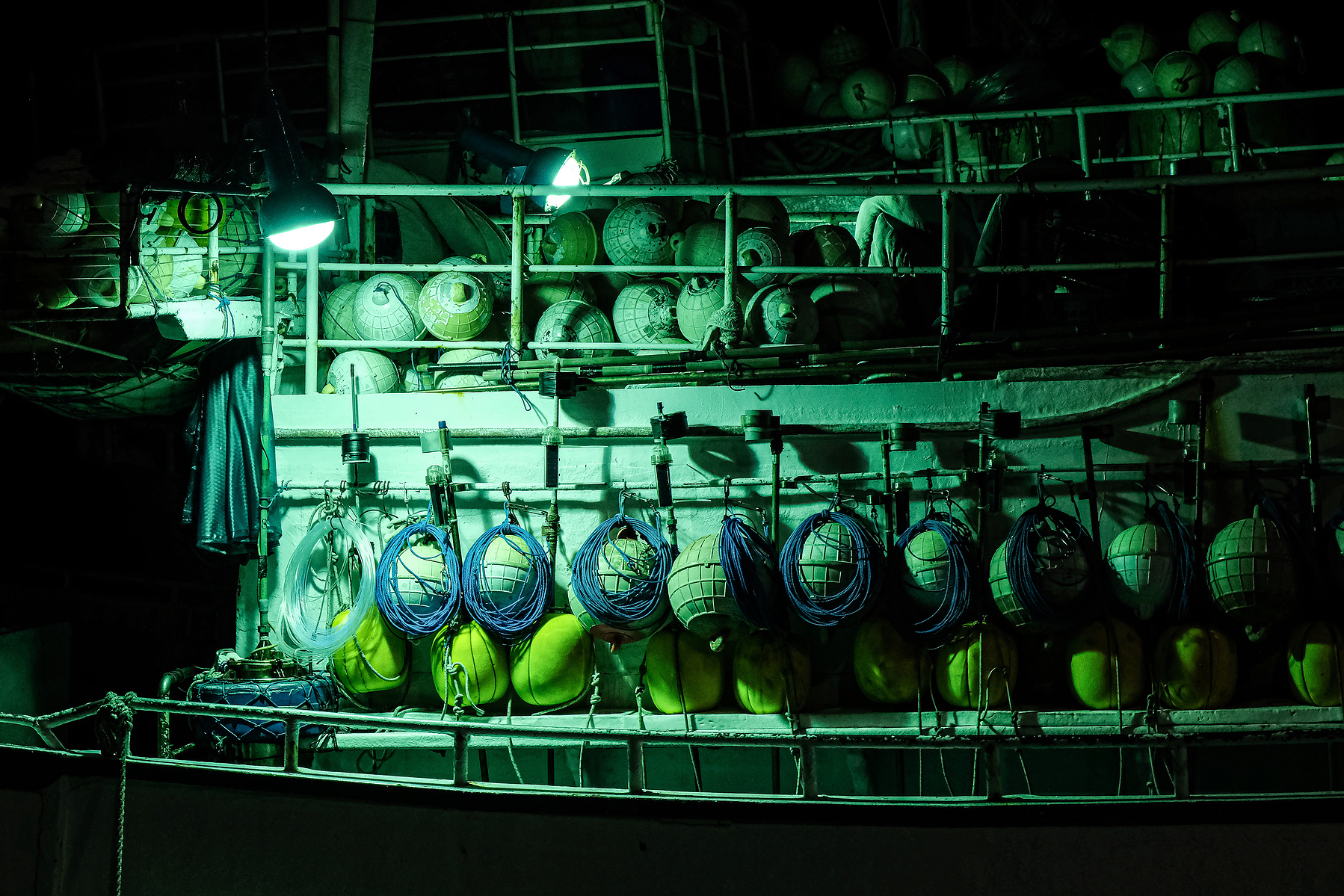

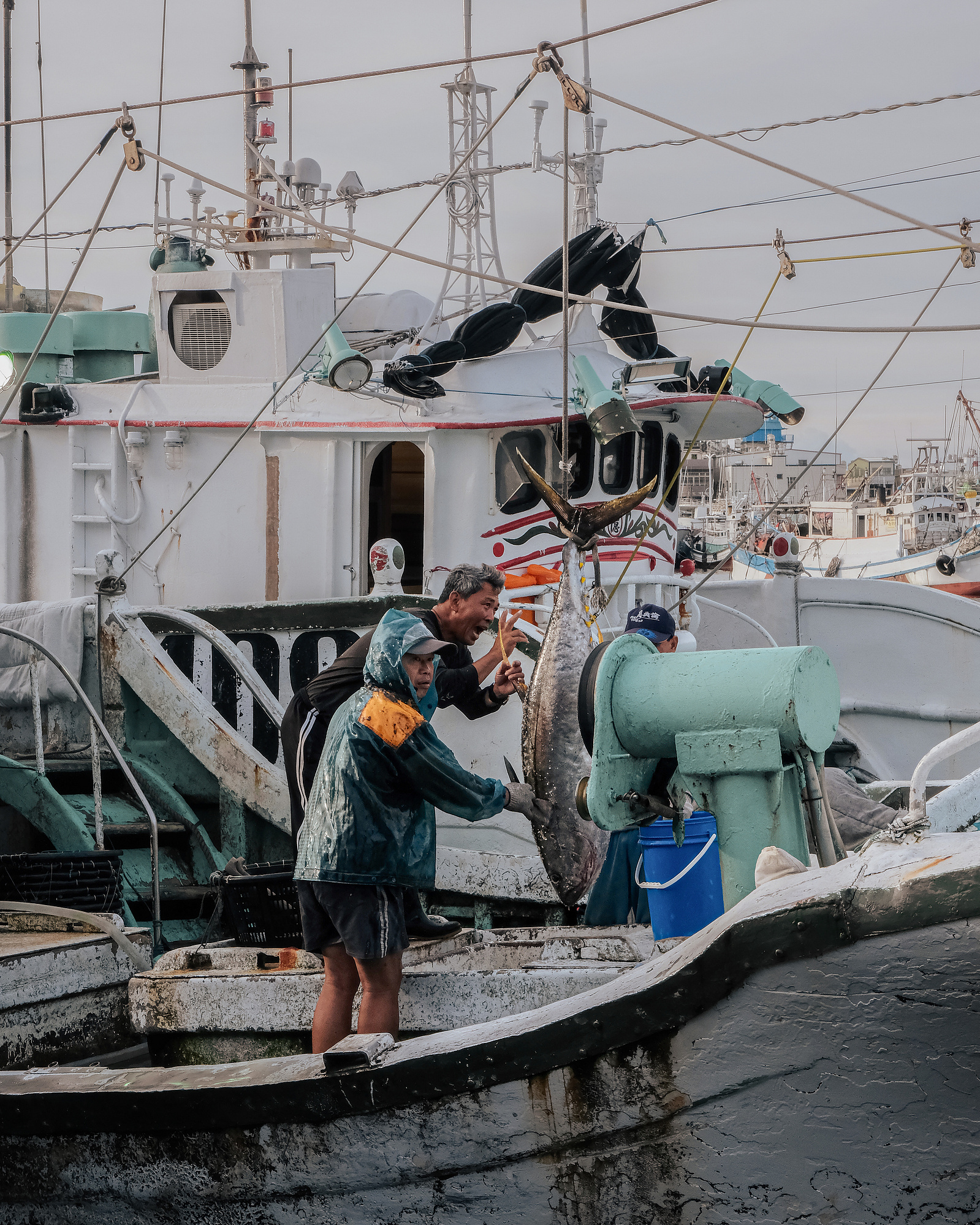
Fishermen unload a freshly caught Pacific bluefin tuna. Many of the men working aboard these vessels come from Indonesia and the Philippines,part of a migrant labor force that sustains Taiwan’s distant-water fishing industry
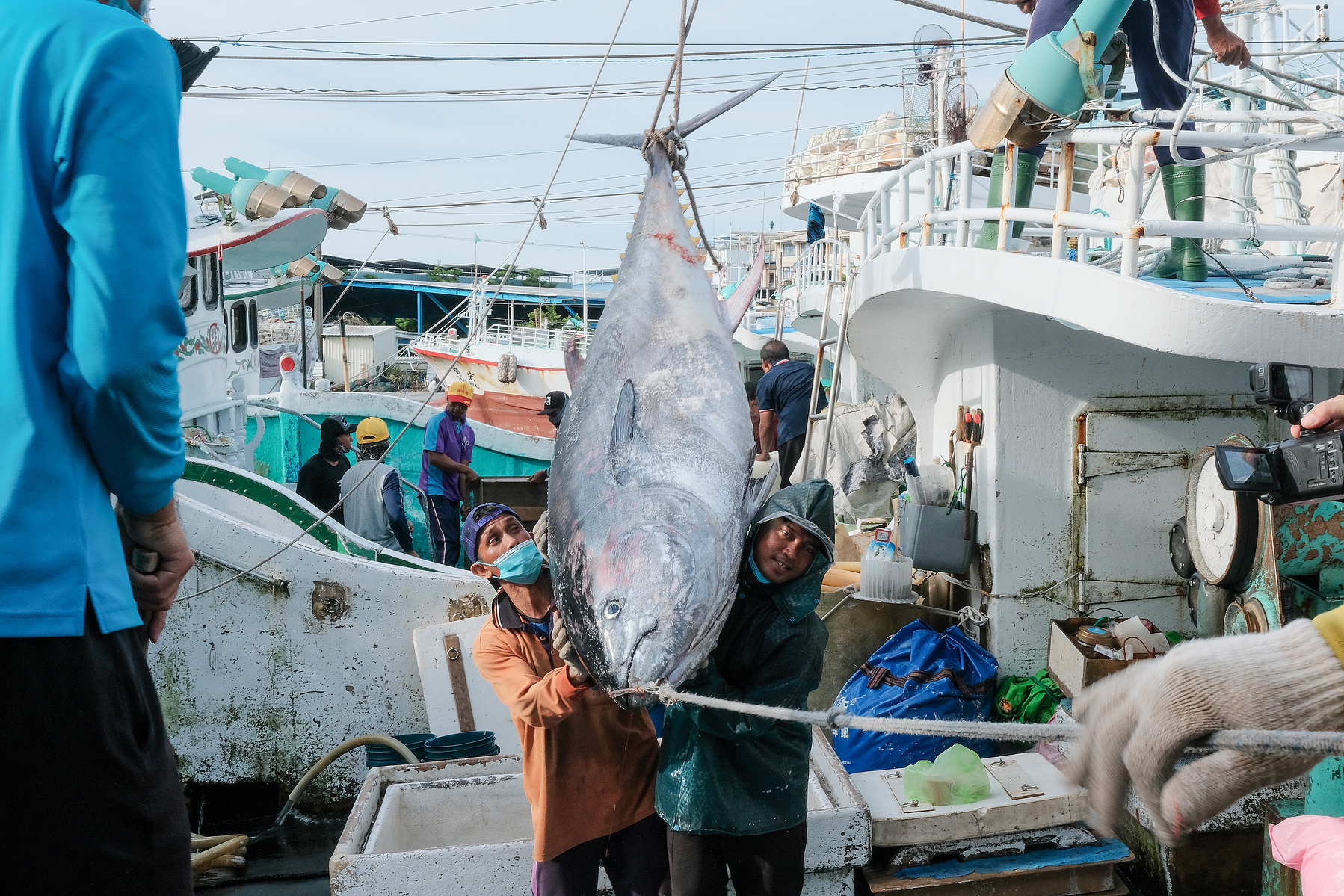
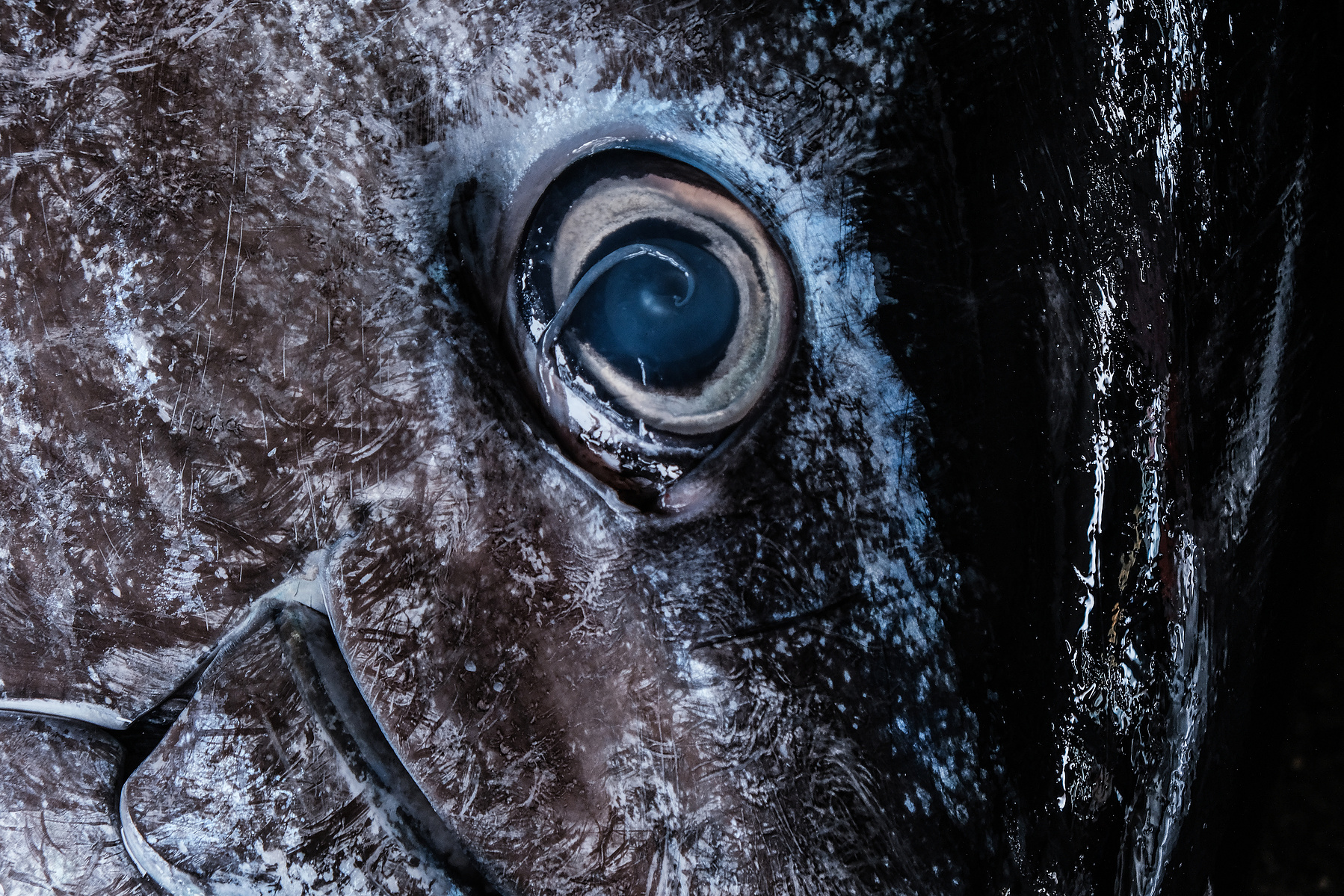
Pacific bluefin tuna remain highly prized, despite growing concerns over sustainability
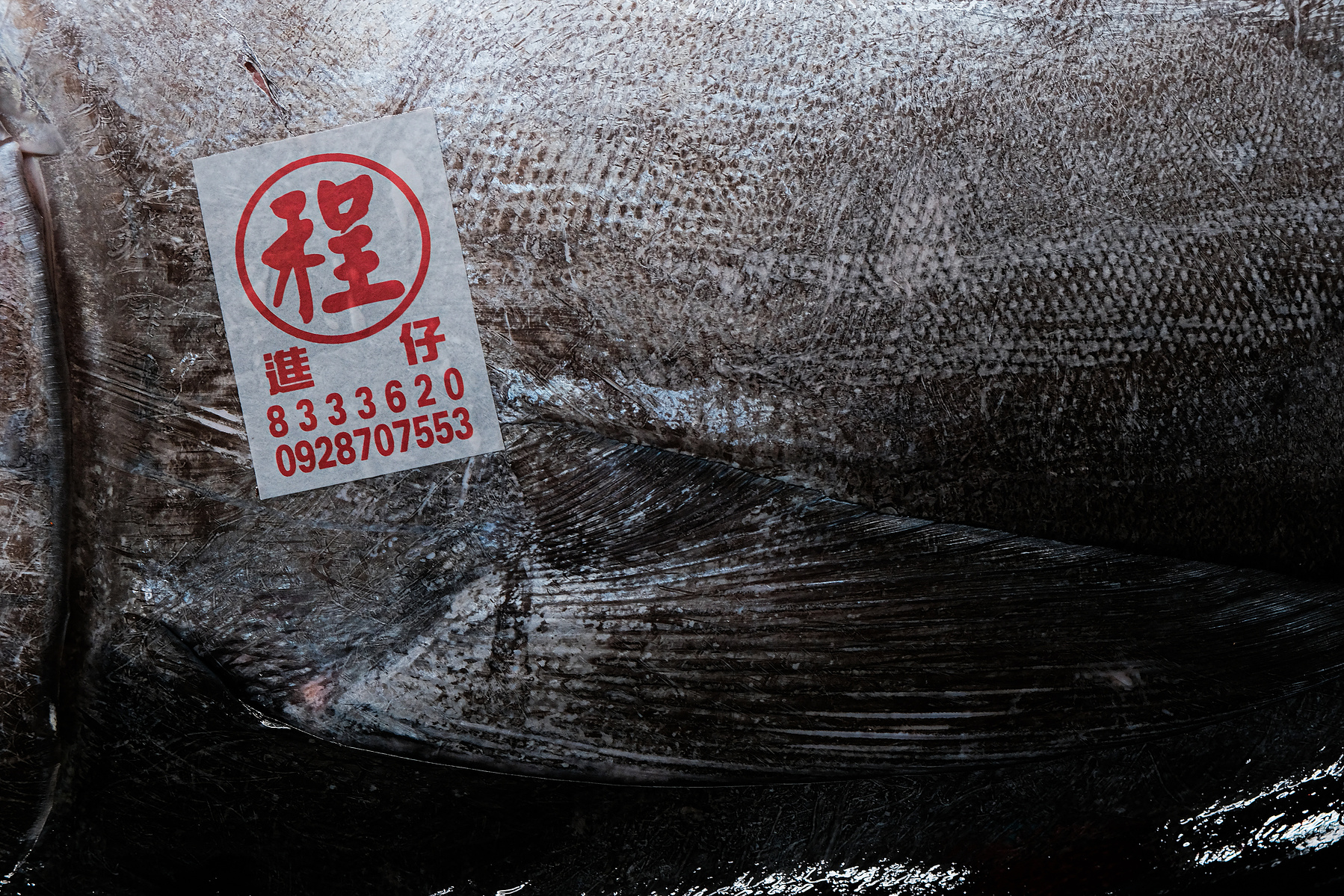



Early morning at the Donggang fish market, where Pacific bluefin tuna are hauled, sorted, and auctioned as part of Taiwan’s annual tuna festival
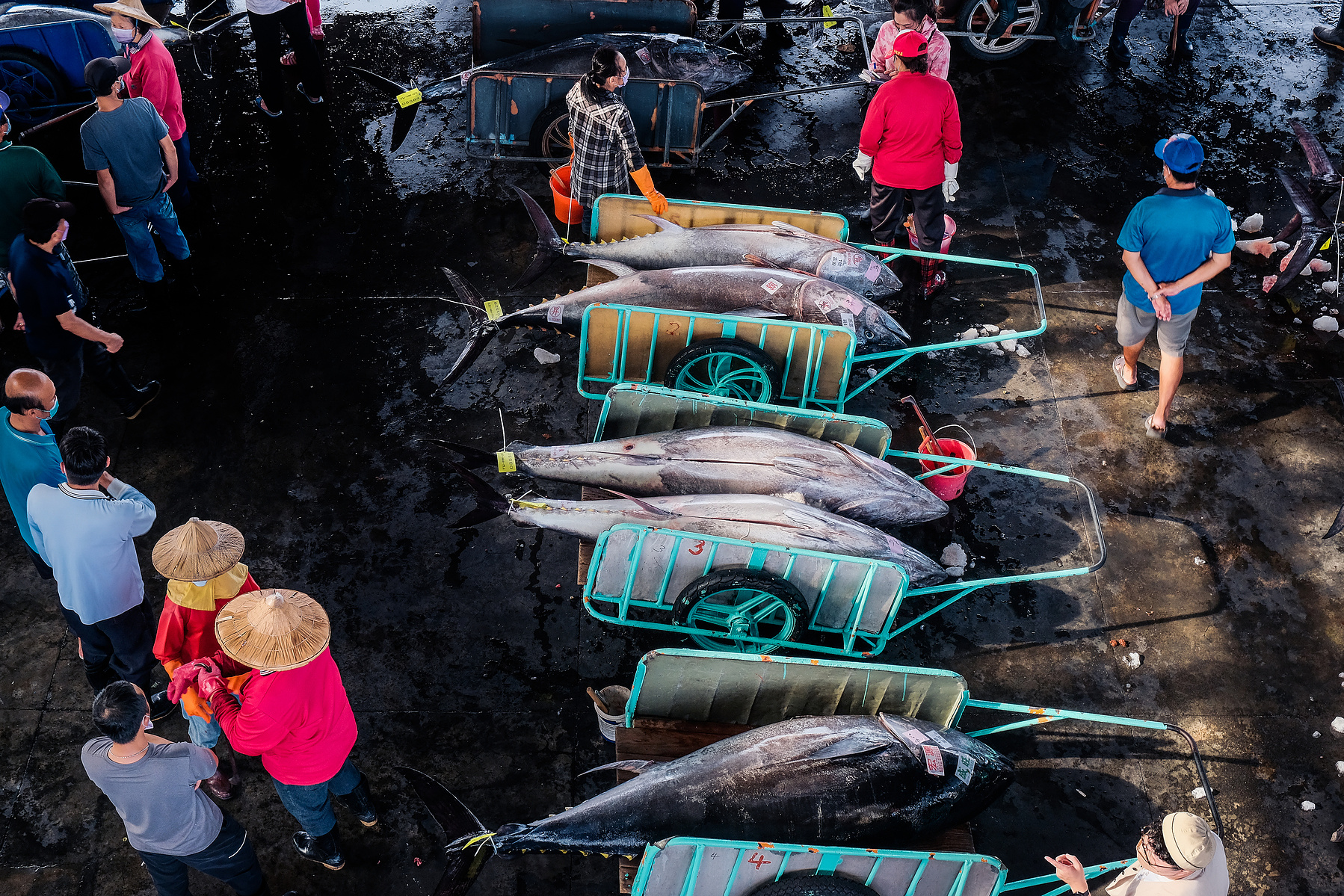
Lined up for auction, Pacific bluefin tuna wait on wheeled carts as buyers circle and inspect. With prices often reaching thousands of dollars per fish, each cart carries immense economic and ecological value.
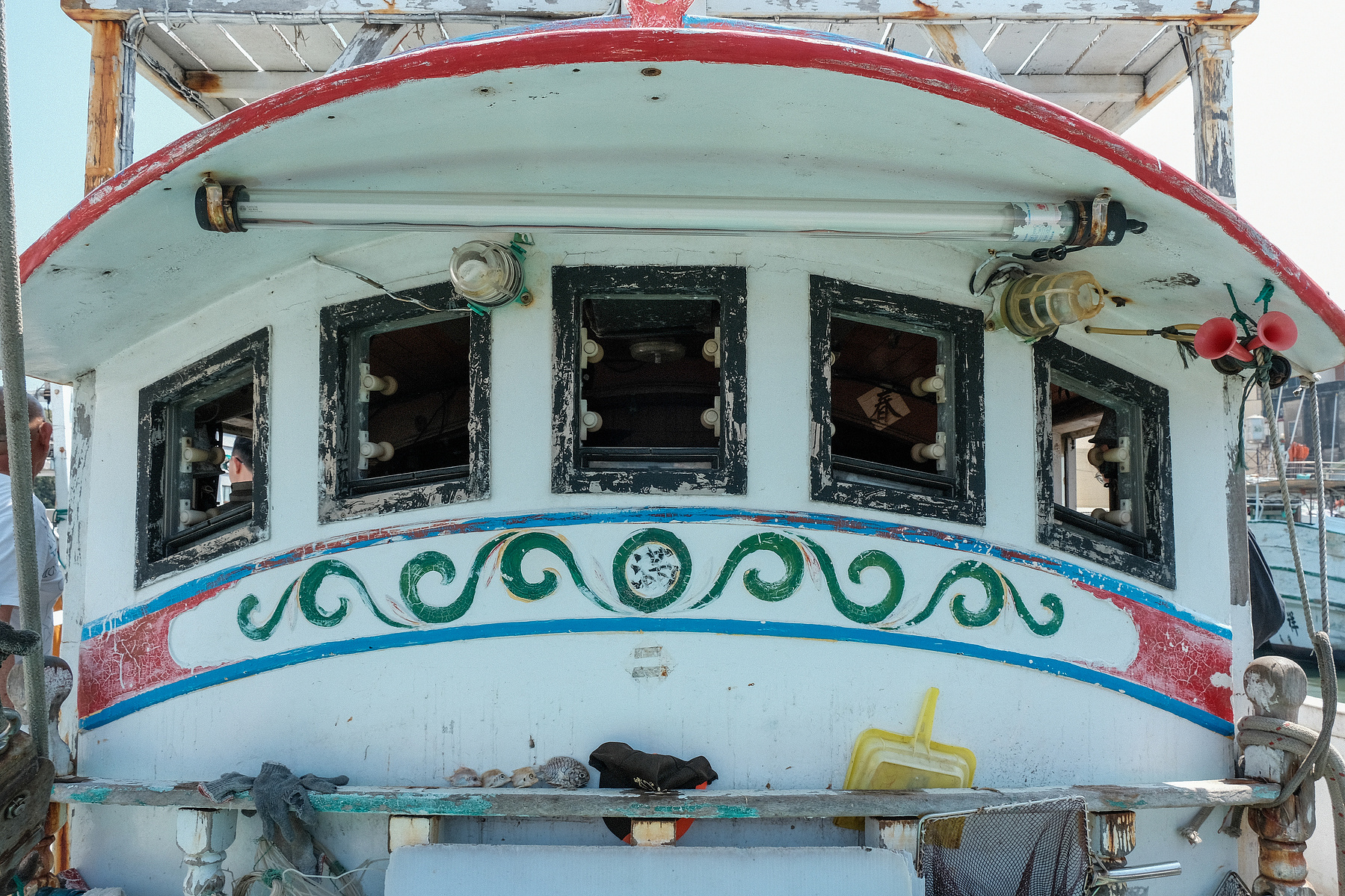
Back at the harbor, the boats that power Taiwan’s offshore fishing economy stand still, for now.